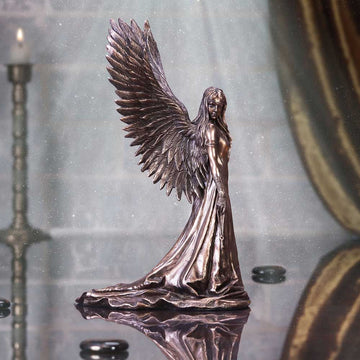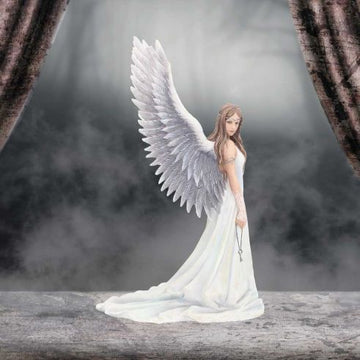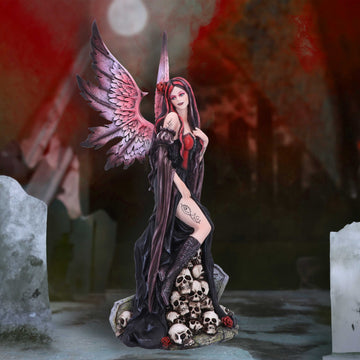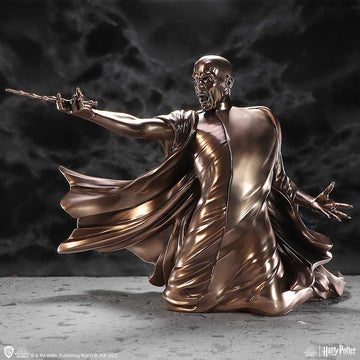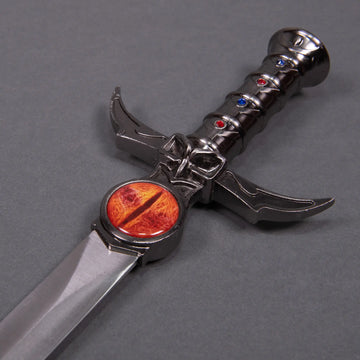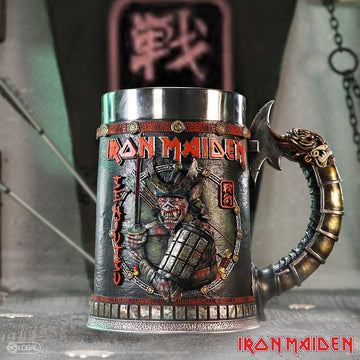From Jazz Age icon to modern pop culture mainstay, Betty Boop remains one of animation’s most recognisable and misunderstood characters. But what’s the real story behind her creation, censorship, and legacy?
Whether you're a die-hard collector or a curious fan, knowing Betty’s backstory adds even more charm to our Betty Boop figurine collection—each piece is a tribute to her rebellious, trailblazing spirit.
The Censored Charm
Before age ratings like PG-13 existed, cartoon characters still had to follow strict moral codes—and few navigated them with more style than Betty Boop. Bursting onto the scene in 1930, Betty combined jazz-fuelled sass and flirty confidence with her sultry voice, the oversized eyes, and the unmistakable "Boop-oop-a-doop!", which turned into a cultural moment. Set against the backdrop of the Great Depression, her flirtatious tunes and cheeky attitude gave struggling viewers a few moments of escape and laughter.
But in 1934, everything changed. The introduction of the Hays Code (Hollywood's censorship rulebook) forced Betty’s creators at Fleischer Studios to tone her down. Gone were the short skirts and seductive wink—Betty was redrawn with longer hemlines, softer facial expressions, and a more conservative demeanour.
Despite these constraints, Betty Boop remained "Queen of the Animated Screen" until her retirement in 1939, adapting without losing her iconic edge. This transformation, though driven by censorship, speaks to the flexibility and enduring appeal of her character.
Today, Betty’s image still graces everything from mugs and tote bags to high-fashion capsule collections. Yet few realise the rich motion picture history behind her wide eyes and bobbed curls.
From Dog to Diva
Betty Boop’s beginnings are as unexpected as they are fascinating. When she first appeared in 1930, she wasn’t even human—she was a French poodle in the “Talkartoons” series created by Max Fleischer. This poodle, the girlfriend of Bimbo the dog, already had the signature voice and jazz-inspired charm we now associate with Betty.
By 1932, she had transformed into a fully human character with exaggerated eyelashes, flapper dresses, and a sex appeal that pushed the boundaries of animated cinema and this new, more overtly sexy Betty Boop became an instant sensation.
So who inspired Betty Boop?
Two major figures have been credited:
-
Helen Kane: A white vaudeville singer known for her “baby-talk” vocals and trademark “boop-boop-a-doop” phrases. Kane filed a lawsuit against Fleischer Studios in 1932 for allegedly copying her act—but she lost.
-
Esther Jones ("Baby Esther"): A Black jazz singer and Harlem Cotton Club performer whose scat singing style predated Kane’s. Many historians now acknowledge Jones as the original inspiration for Betty’s vocal style—making Betty’s creation a case of early cultural appropriation.
The legal case between Kane and Fleischer Studios was one of the first high-profile copyright battles in animation and helped reshape how characters were attributed and protected in media.
Her popularity soared during the Great Depression, offering audiences a playful escape into a world of carefree flappers and jazz music.
The Controversy Surrounding Betty Boop
Betty Boop's undeniable sex appeal was part of her charm, but it also sparked controversy. Critics accused the cartoons of being too suggestive and inappropriate for children. The legal battle with Helen Kane further complicated matters, raising questions about originality and the portrayal of African American cultural influences in mainstream media.
Beyond the Boop-oop-a-doop: Betty Boop's Legacy
Despite the controversies, Betty Boop's influence on animation is undeniable. She was one of the first and most recognizable female cartoon characters, paving the way for future generations of animated heroines. Betty Boop's enduring legacy lies in her embodiment of the Jazz Age spirit - a time of rebellion, innovation, and a celebration of self-expression.
Conclusion
Betty Boop's influence extends beyond animation. She has appeared in merchandise, commercials, and even inspired fashion trends. Her enduring popularity is a testament to her unique blend of charm, sass, and enduring appeal.
